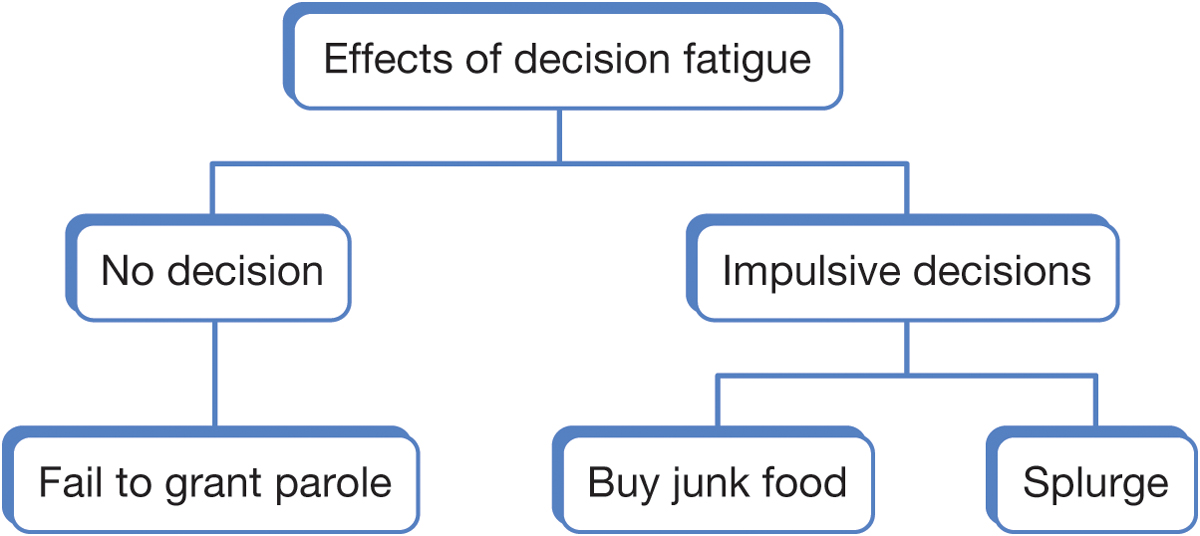Instructor's Notes
The Instructor's Resource Manual, which includes tips and special challenges for teaching this chapter, is available through the “Resources” panel.
Introduction to Chapter 17
17
Classifying
Classifying is an essential writing strategy for thinking about and organizing ideas, information, and experience. The process of classifying involves either grouping or dividing. Writers group related items (such as apples, oranges, bananas, strawberries, cantaloupes, and cherries) and label the general class of items they grouped together (fruit). Or they begin classifying with a general class (such as fruit) and then divide it into subclasses of particular types (apples, oranges, etc.).
This chapter shows how you can organize and illustrate a classification you have read about or constructed yourself, and it concludes with some sentence strategies you might use when classifying information.
Organizing Classification
Classifying in writing serves primarily as a means of organization—of creating a framework for the presentation of information, whether in a few paragraphs of an essay or in an entire book. This section surveys several examples of classifying, ranging from a simple two-
The simplest classification divides a general topic into two subtopics. Here is an example by Edward J. Loughram from a proposal to keep at-
Two primary factors explain the growing numbers of juvenile offenders. First, there is indeed a rise in serious crime among young people, fueled by the steady stream of drugs and weapons into their hands. These dangerous offenders are committed—
But a second, larger group is also contributing to the increase. It consists of 11-
— EDWARD J. LOUGHRAM, “Prevention of Delinquency”
From Loughram’s essay, we see how a writer can use a simple two-

What the tree diagram shows at a glance is that in a classification system, some categories, such as “do nothing” and “act impulsively,” are on the same level, or coordinate; others (in this case “effects of decision fatigue”) are on a higher level, or superordinate; and some (“fail to grant parole,” “buy junk food,” “splurge”) are on a lower level, or subordinate. The highest level represents the most general category, and lower levels identify increasingly specific types. Tierney takes his classification to the most specific level by offering examples of individuals who suffered from decision fatigue. For example, he begins with a lengthy example of a judge who failed to grant parole because of decision fatigue, and he quotes Jean Twenge on her impulsive decisions while creating a gift registry for her wedding.
EXERCISE 17.1
Turn to Anastasia Toufexis’s concept explanation in Chapter 4, “Love: The Right Chemistry,” and make a tree diagram of the classification she offers of romantic love. What do you think is Toufexis’s basis for classification? Does each item seem to be placed in an appropriate category and at the proper level?
EXERCISE 17.2
Review the essays you have written so far for this class or for another class, looking for an essay in which you used classifying. What was the purpose of your essay and your basis for classifying? Construct a tree diagram of your classification to see whether each item can be placed in an appropriate category and on the proper level.